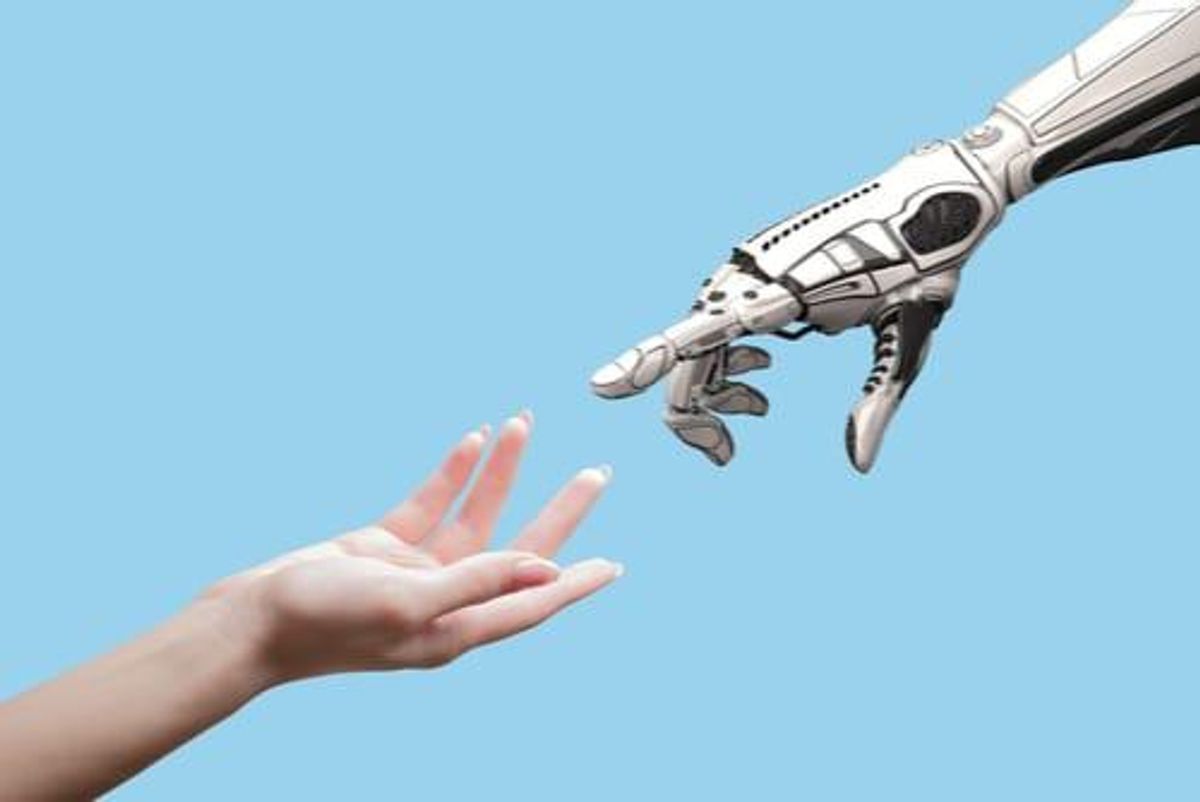5 Industries Robotics Will Disrupt
Robotics is a wide-reaching field with the potential to impact many markets. Learn about five industries robotics will disrupt.

A variety of technology firms, executives and entrepreneurs have predicted that artificial intelligence (AI) and robotics will be an integral part of our daily lives in the near future.
While the topic of AI is broad, robotics can be classified as a crucial component, as it is said to “give companies new opportunities to increase productivity and to make work safer.”
Robotics and automation have often been used interchangeably, but these terms certainly have differences. Robotics is the branch of technology that deals with the design, construction, operation and application of robots and it is tipped to disrupt several industries in the next decade.
Here’s a look at five major industries robotics will disrupt with innovation in the near future. The industries were picked from a combination of reports from various research firms that predict the growth of robotics, AI and machine-learning technology.
1. Agriculture
Markets and Markets suggests that the agricultural robots market is expected to grow at a compound annual growth rate (CAGR) of 34.5 percent, rising from US$4.6 billion in 2020 to US$20.3 billion in 2025.
Driverless tractors are expected to see the highest growth in this sector. However, hardware components will hold the largest share of the agricultural robots segment, with drones and internet of things sensing and monitoring systems leading the way.
Agriculture has also been mentioned by other firms as one of the areas where robotics and automation will have a real impact in changing the industry. Robotiq notes 10 ways robotics is transforming agriculture, including nursery planting, crop seeding, crop monitoring, fertilizing and irrigation.
“Traditional farming methods struggle to keep up with the efficiencies required by the market. Farmers in developed countries are suffering from a lack of workforce,” Robotiq explains. “The rise of automated farming is an attempt to solve these problems by using robotics and advanced sensing.”
2. Medical
Robotic applications in the medical field include robot-assisted surgery and therapy. A Markets and Markets report states that the medical robots market is expected to reach a value of US$22.1 billion by 2027, up from an estimated US$6.46 billion in 2018 with a CAGR of 14.6 percent.
The medical market is clearly one of the industries robotics will disrupt. Increased funding for medical robot research and advancements in medical robot technology are seen as the main drivers of this projected growth, along with recognition of the advantages of robot-assisted rehabilitation therapy.
Markets and Markets suggests the neurosurgery segment will see the fastest growth during the forecast period, while the therapeutic robotics segment has the highest projected CAGR. It identifies “increasing precision and improved quality” of medical robots as the factors driving growth in this segment.
3. Entertainment
While robots are largely designed for work, they are also for play. Market Research Future notes that technological advancements for entertainment robots with higher AI will be a crucial factor, as this market is set to reach US$20 billion by 2023, growing at a CAGR of 21 percent.
Entertainment is another industry robotics will disrupt, and the firm states that animatronic robots designed to identify faces and obstacles will entertain people at festivals and parks. Entertainment robots can be used as robotic toys, educational robots or companion pets. Educational robots are those that have been pre-programmed to answer specific questions.
Robots as romantic partners is also a growing trend, especially in the time of coronavirus lockdowns. “In tandem with a historic rise in mental health problems brought on by COVID-19, sales of sex robots have skyrocketed,” according to Forbes. Realbotix CEO Matt McMullen told the news outlet that sales of his company’s sex robot have shot up 75 percent from before the pandemic.
4. Military
Robotics are increasingly being put to use in the military and defense sector. According to Research and Markets, the rising number of terrorist activities across the globe has paved the way for unmanned military systems. The global military robots market is expected to reach US$53.9 billion by 2027.
“As of now, the United States military remains the largest user of these robots, however, countries like China and Russia are investing billions in robotics research and development that will allow them to narrow the gap with the US,” said the research firm.
5. Industrial
From the automobile industry to the electronics industry, robots are helping to increase efficiencies on the factory floor. Markets and Markets reports that the industrial robotics market is forecasted to grow from US$48.7 billion in 2019 to US$75.6 billion in 2024.
“Technological advancements and decreasing costs are making industrial robots more affordable to (small and mid-size enterprises) and are enabling seamless integration and programming,” it explains.
The International Federation of Robotics (IFR) has noted three major industries where robotics is making a real impact in the industrial sector. The automotive industry is the largest adopter of robots (33 percent of total industrial robots in 2017), owing to the fact that the manufacturing of passenger cars has become complex. The electronics industry is not far behind in its adoption of robots at 32 percent.
The last industrial sector noted by IFR is the metals industry, which had a market share of 10 percent of total supply for 2017.
The growing focus on research and development for advanced sensors and the integration of AI is expected to have a big impact on the market going forward. “Moreover, the growing funding by venture capitalists for the manufacturing and designing of industrial robots will foster the healthy growth of the market in the foreseeable future,” as per Fortune Business Insights.
Don’t forget to follow us @INN_Technology for real-time news updates!
Securities Disclosure: I, Melissa Pistilli, hold no direct investment interest in any company mentioned in this article.
